03
Dec
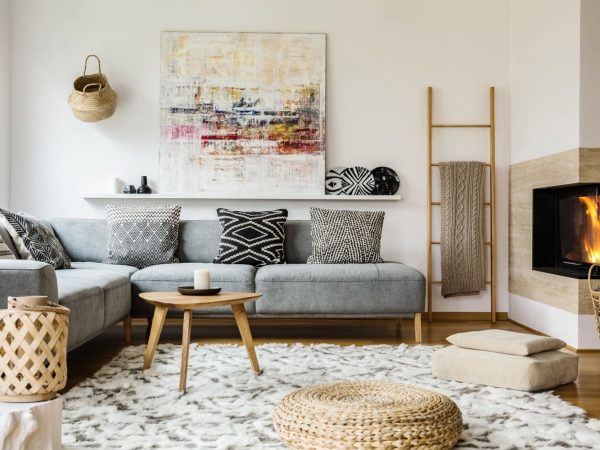
When it comes to home decor, there is an infinite range of decorative elements that you can use to improve your space. Floor rugs are one of them. Aside from helping tie a room together, a rug can also bring an incomparable layer of interest and intrigue to the room decor. However, finding the perfect rug comes with some challenges.
Between size, material and style, there is one other factor to take into consideration – your floor type. That is because different floors require different types of rugs. This is not only to ensure the rug style and colour complement your type of floor, but also for safety reasons as some rugs can be too slippery on certain floor surfaces.
This guide gives you all the information on how to choose a great rug for your floor type.
While you don’t necessarily need an area rug over a carpeted floor, many people choose to go this way for different reasons. For example, for those who rent and are unable to change the carpet when it gets worn out or old, putting down an area rug can be a smart solution to improve the look of the flooring. Homeowners who don’t have the budget to totally replace their carpeting may opt to take this route too. In some cases, people just like the way area rugs look over carpeting.
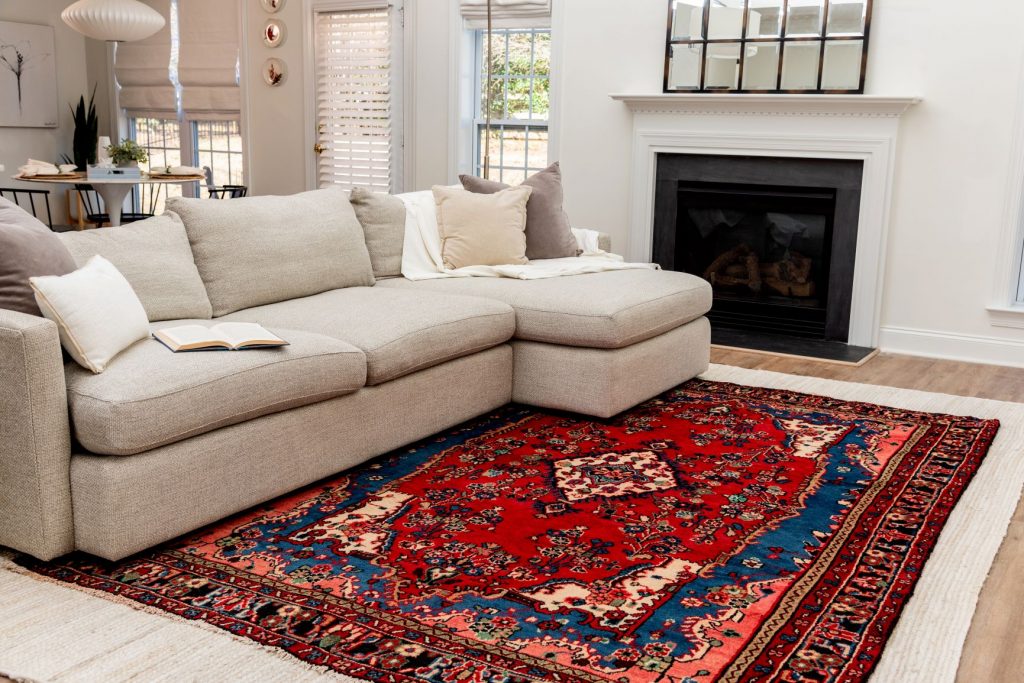
When decorating with a rug over a carpet you’ll want to choose a rug texture different from the texture of your carpet. For example, if you have a medium-pile carpet, you’ll want to go with a shag rug or something even shorter. As for colour, choose complementary or matching colours. Depending on the type of room you’re decorating, a complementary colour can be just as effective as matching the carpet’s colour. As long you choose an area rug that feels and look different from your carpet, it will sure make the statement you want in your room.
When paired with hardwood for laminate floors, rugs can be utilised for many different purposes – from adding a rustic look to your living room to bringing a modern, elegant style to your dining room. While these floors typically look great with different kinds of floor rugs, you maywant to stick to materials that can hold up well to dampness. This way, anything that gets spilled on the floor will be absorbed by the rug rather than by the padding underneath.
As you know, real wood floors are prone to scratching, which can leave the surface looking scuffed. If you want to use a jute rug on a real hardwood floor, for example, you’ll be risking the rug’s fibres scratching up the finish of the floor. When it comes to what do you put under rugs on hardwood floors, a rug pat or an underlay are good options.
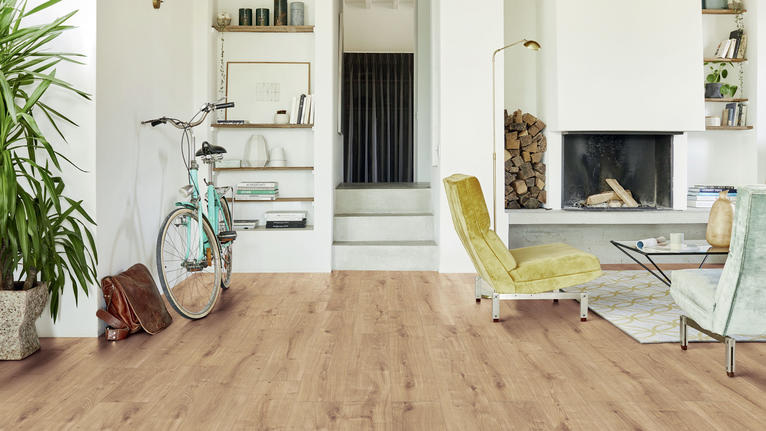
Considering that these types of floors are often neutral in tone themselves, they can handle a lot more colour than some carpeting and other floor treatments can. Still, neutral area rugs also look great on hardwood or laminate flooring.
Tiles are a type of flooring that can’t be seen in all homes but in some places, they can be found in the living room, hallways, or even bedroom and not only in the kitchen or bathroom. Like with hardwood and laminate floor, you might want to use a rug pad under the area rug as well as many fibres will slide around on a tile floor, presenting a tripping hazard. Depending on how you plan to use your rug, you might want to anchor it under furniture or use sticky rug grips instead.
Choosing the right colour to use with a tile floor is more challenging than picking one for a hardwood or laminate floor. That is because hardwood is usually brown or another neutral colour while tile can be all sorts of different colours and shades. Like with carpeting, you should try to find something that’s complimentary or matching a bit more when choosing a rug for use on a tile floor.
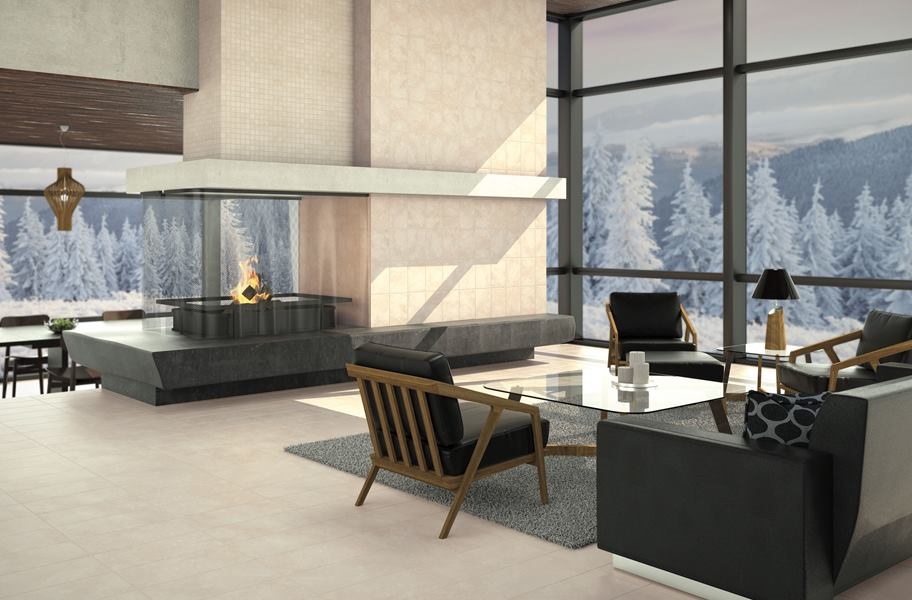
If you’re wondering if can you put a rug on a heated tile floor, there are some rugs suitable for use with underfloor heating systems. These rugs need to have low thermal resistance and be hessian rather than felt-backed. Keep in mind that felt-backed rugs create a thermal look that prevents performance, which can potentially affect the finished floor. You’ll want to look for a rug with a thermal resistance of 1 to 2.
With its budget-friendly price, durability and variety of design, vinyl flooring has become a common choice among homeowners. It can have the texture of gorgeous white stained marble for kitchen and bathroom surfaces as well as mimic hardwood and tile in a way that is barely distinguishable. Plus, it’s softer on the foot than hardwood and tile, absorbs sound better and feels warmer and more comfortable than other hard surface floors.
Another attractive feature of this flooring is how easy it is to take care of. All you have to do is sweep it as needed and mop occasionally using a vinyl floor cleaner. Although vinyl flooring is durable and low maintenance, it can get damaged by certain rug pad materials. If you are wondering if can you use rubber racked rugs on vinyl flooring, you should know that this is not a safe choice because it can react with the chemicals found in vinyl, leading to staining. This chemical reaction can be caused by both the friction of foot traffic or the heat from sunlight on rubber backed rugs.
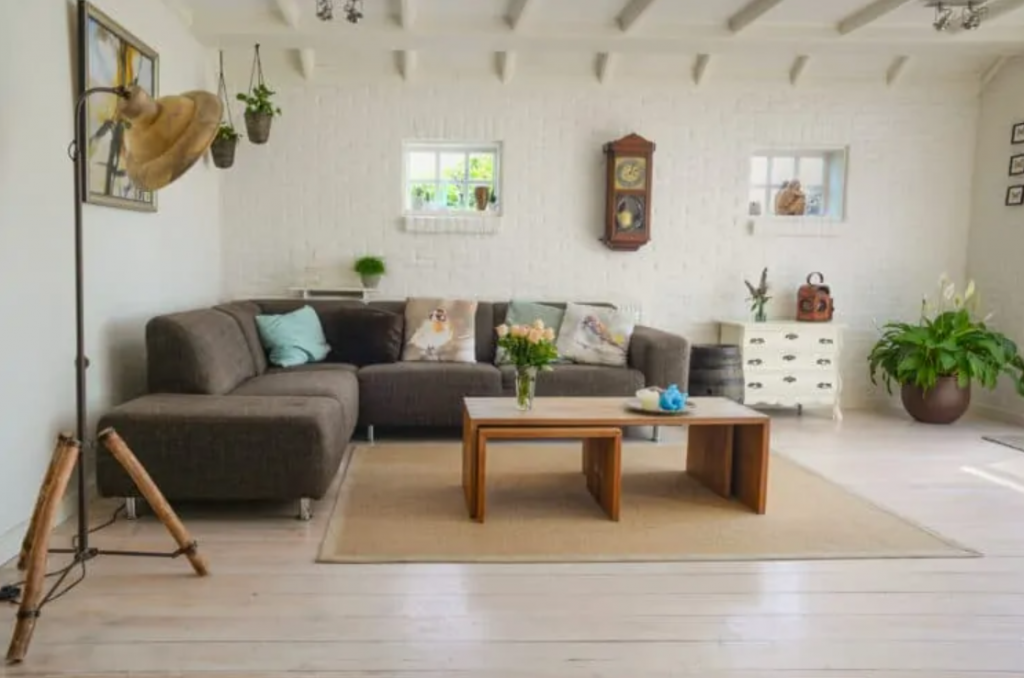
Generally, rugs made from natural fibres such as cotton, jute, seagrass, sisal and wool are safe to use on vinyl. However, you must put a rug pad underneath to avoid scratches due to friction. The best pad to use is an anchor grip. These pads are low-profile, non-slip and contain absolutely no rubber. Anchor grip pads are made from sustainable soy oils and bio-based fillers engineered to keep rugs firmly in place without damaging the floor beneath. Plus, its ingredients don’t react with vinyl flooring, making them a great non-slip alternative to rug pads that contain natural rubber. The low profile of these pads makes them great for high traffic areas or underneath doorways.